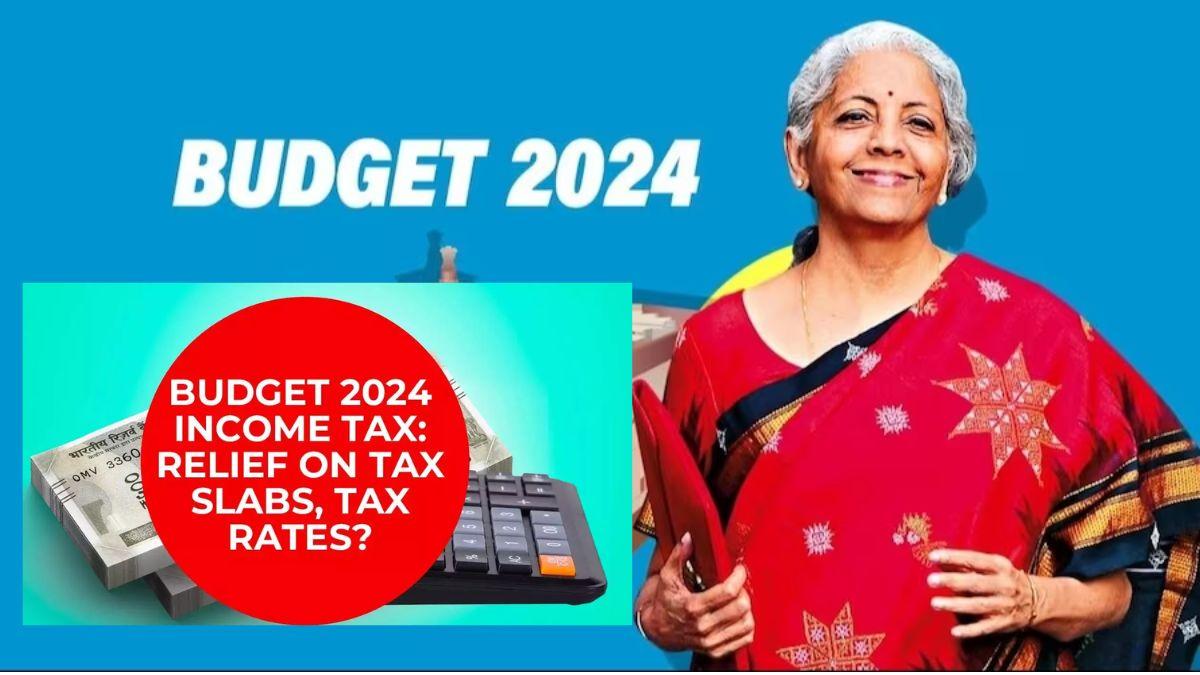
Income Tax Budget 2024 Highlights: Middle-Class Taxpayers Await Relief Modi Govt Stays Unyielding
As the fiscal year unfolds, the Indian populace eagerly anticipates the annual budget announcement, particularly regarding income tax reforms and relief measures. The unveiling of the Income Tax Budget 2024 under the Modi government has been met with a mix of anticipation and apprehension, especially among middle-class taxpayers who had hoped for some respite amidst economic uncertainties. The recent budget has reiterated the government’s stance, focusing more on fiscal prudence and economic stability rather than significantly altering the income tax landscape for the middle-income groups. Stagnant Tax Slabs: One of the primary observations from the Income Tax Budget 2024 is the absence of alterations in the tax slabs for individual taxpayers. The existing tax slabs and rates remain unchanged, thereby providing no immediate relief to the middle-class strata. Tax Regimes and Rates: Under the prevailing tax regime, which offers individuals the option to choose between the old and the new tax regimes, taxpayers continue to assess their options based on their income levels and eligible deductions. – The existing tax slabs under the old regime are as follows: – 0% for income up to ₹2.5 lakhs – 5% for income between ₹2.5 lakhs to ₹5 lakhs – 20% for income between ₹5 lakhs to ₹10 lakhs – 30% for income above ₹10 lakhs – The new tax regime provides lower tax rates but eliminates most deductions and exemptions available under the old regime. No Increase in Basic Exemption Limit: Another notable aspect is the absence of any increase in the basic exemption limit. The basic exemption threshold, which determines the minimum income level at which an individual becomes liable to pay taxes, remains at ₹2.5 lakhs for individuals below 60 years of age. This status quo, while ensuring continuity, fails to address the aspirations of middle-class taxpayers grappling with inflationary pressures and rising costs of living. Focus on Compliance and Digital Initiatives: While the budget does not offer direct tax relief, it emphasizes enhancing compliance mechanisms and leveraging digital platforms to streamline tax administration. The government aims to bolster tax collections through improved data analytics, enhanced scrutiny, and robust enforcement measures to curb tax evasion and ensure a level playing field. Investment Incentives and Savings: To encourage savings and investments, certain tax-saving instruments such as the Public Provident Fund (PPF), Equity Linked Savings Schemes (ELSS), and National Pension System (NPS) continue to enjoy tax benefits, albeit within the confines of existing regulations. Conclusion: In essence, the Income Tax Budget 2024, under the Modi government, has maintained a conservative stance concerning direct tax reforms, opting for continuity over radical alterations. While the absence of immediate relief for middle-class taxpayers may be disheartening for some, the government’s emphasis on fiscal prudence and long-term economic stability underscores its commitment to navigating the nation through uncertain times. As taxpayers navigate the intricacies of the income tax regime, the onus lies on effective financial planning and prudent decision-making to optimize tax liabilities while ensuring compliance with regulatory requirements. Amidst evolving economic landscapes, the quest for equilibrium between taxpayer expectations and fiscal imperatives remains an enduring challenge for policymakers and citizens alike.





